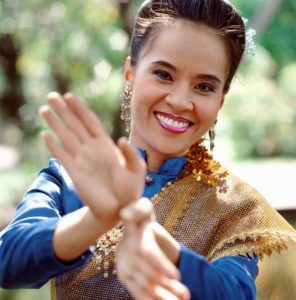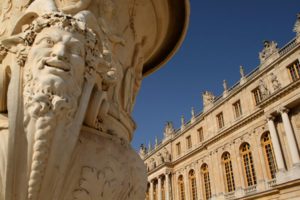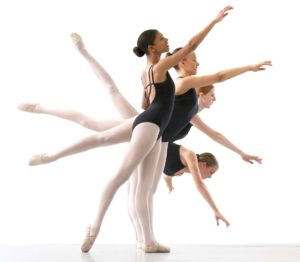Ever since time began human beings have danced. Dance plays an important role in all cultures, notably as part of worship, celebration, courtship, recreation and entertainment. It is an expression of movement and movement is in every living thing.
Dance has a very powerful impact on how one feels and expresses oneself. It has helped improve mental and physical health conditions as, like in all exercise, endorphins are released, therefore being a restorative and wonderful way to reduce stress.
In many capacities dance brings people together; going to parties and clubs or as an observer enjoying performances. We have an enormous wealth of dance companies from all over the world performing today.
Dance being a universal language is constantly changing and evolving. Through the cycles of economic and cultural change and the human need for physical and creative expression we see how dance culture is so influenced by everyday life. Many early social and spiritual dances were created to aid toil in the fields and encourage crop growth or ward off evil spirits and cleanse the soul.
Many folk dances have been created as an emotional release from the day to day drudgery of demanding jobs. Dance is almost everywhere. If you look at Britain alone, from the traditional steps of folk and social dances passed down through generations over hundreds of years to the wonderfully expressive free styles of contemporary dances today we see huge diversity.
In South Africa for example, the Gumboot dance was created as a form of coded communication in the deep gold mines where there was a repressive ban on talking. Every community has its own collection of national dances cultivated from and influenced by so many different origins/elements.
The history of Ballet began in the Italian Renaissance courts of the fifteenth and sixteenth centuries as a dance interpretation of fencing. The dancers were not professionals but noblemen and noblewomen of the court who danced to please their ruler and to stir the admiration and envy of his rivals. Classical ballet as we know it today was formed under Louis XIV who was an avid dancer and performer. He then founded the Royal Academy of Dance in 1660 to train professional dancers to perform at his court. Through the ages with Italian, Russian, French and British influences, the techniques and steps have been fine-tuned and evolved to strengthen and sculpt the dancer’s body for the demands of modern dance training. It is incredible what the human body can achieve through dance.
Basic ballet exercises are the foundation of so many current dance genres. Classical ballet develops core strength and when taught correctly produces a very healthy body. Badly taught however it can do untold harm. Current teacher training has improved so much recently and teachers learn essential knowledge of basic anatomy and physiology.
Dance is now being taught in secondary schools as part of the curriculum and also at GSCE
level. It is an excellent alternative to sport for teenagers in particular.
I went to dance classes from the age of two and a half. A child gains great basic skills from dancing at this early age including co-ordination, healthy posture and general awareness of their limbs and the physical life of their bodies. An introduction to the joy of music and the art of listening is learned through hearing various styles of music, practising different rhythms and through this, together with the freedom of physical play their creative minds are ignited. Classes take them on imaginary adventures and show them new ways of
storytelling and expressing themselves through dance and movement. All these things are
extremely beneficial for a child’s wellbeing.
The importance of discipline learned through dance training is a very helpful lesson for life in general. Gentle discipline in my early classes evolved into more strict and rigorous self-discipline through my training at The Royal Ballet School and is an element I cannot value enough. I believe it is one of the vital keys to a happier life. Learning discipline as a skill is an art in itself. It helps to focus the mind, gives one a mental and physical strength, drives you to stretch yourself and ultimately helps you to attain great rewards both personally and professionally.
If we realise the wonderful benefits of dance in any form we are definitely the richer for it! Sign up immediately to a dance class and be healthy and happy.
By Susan Handy




